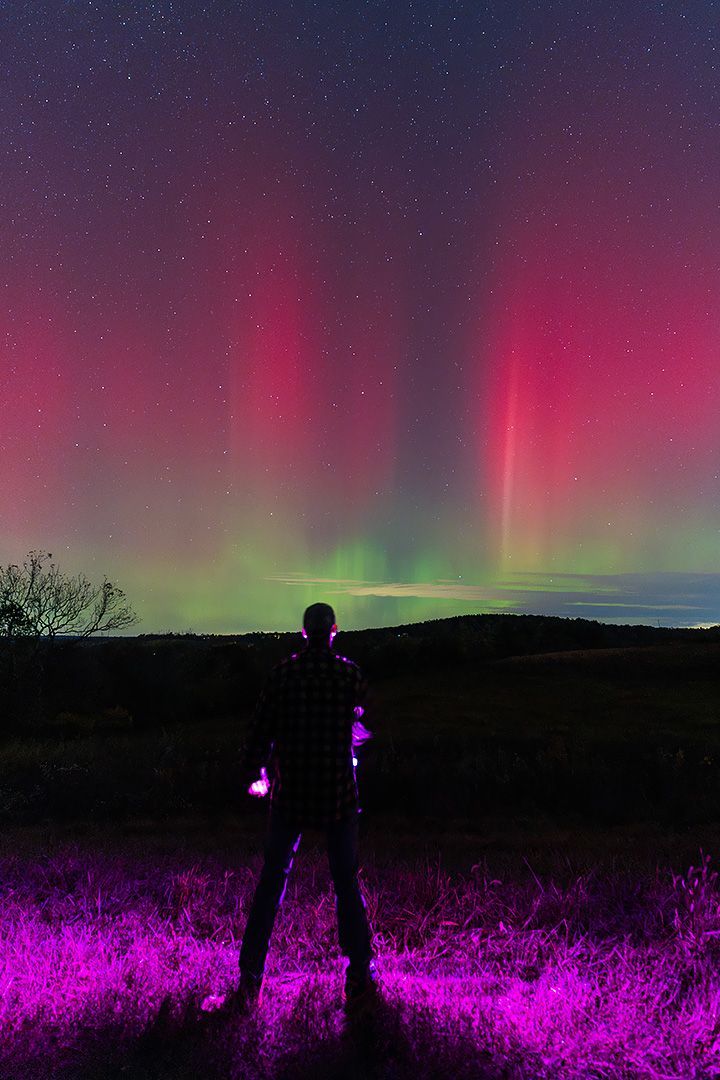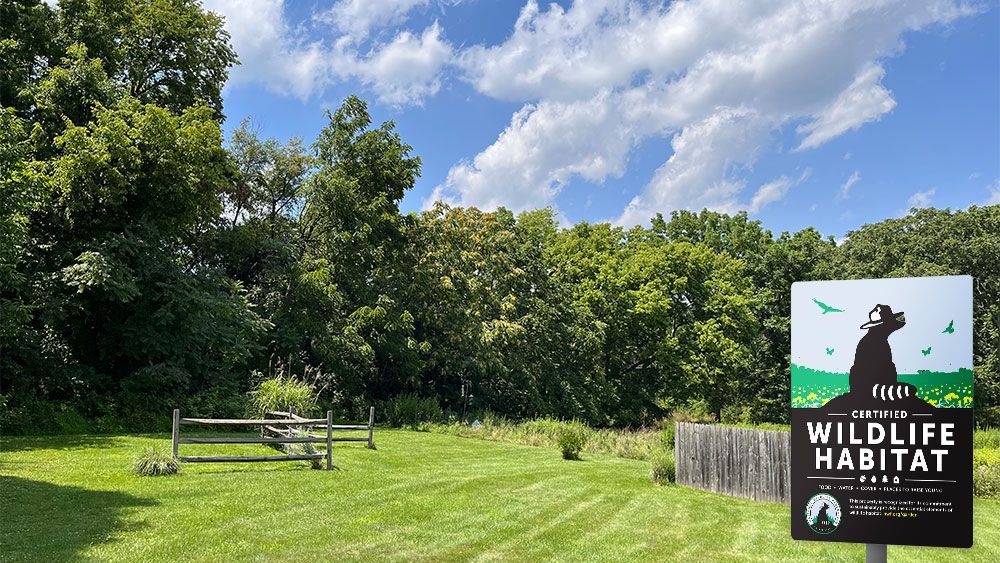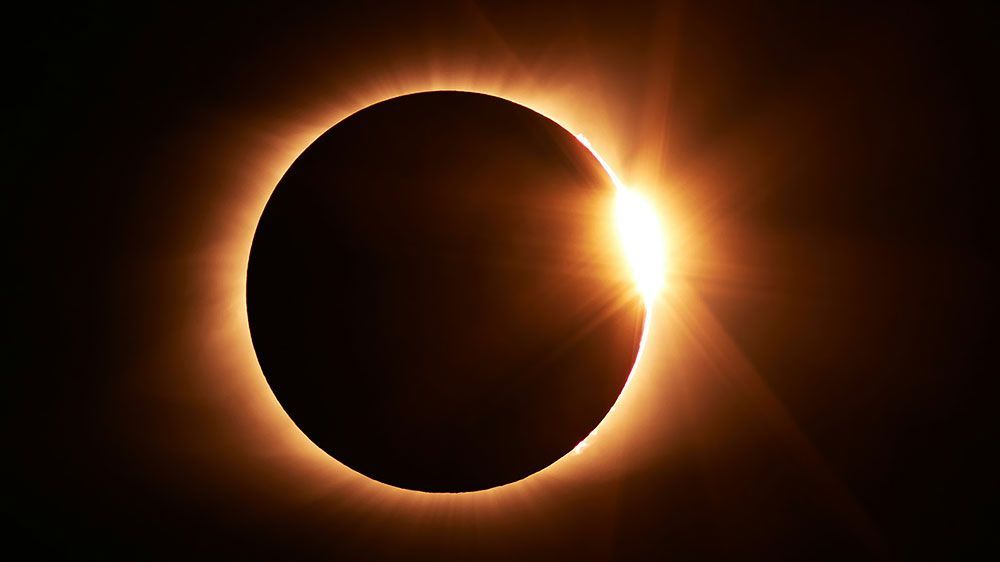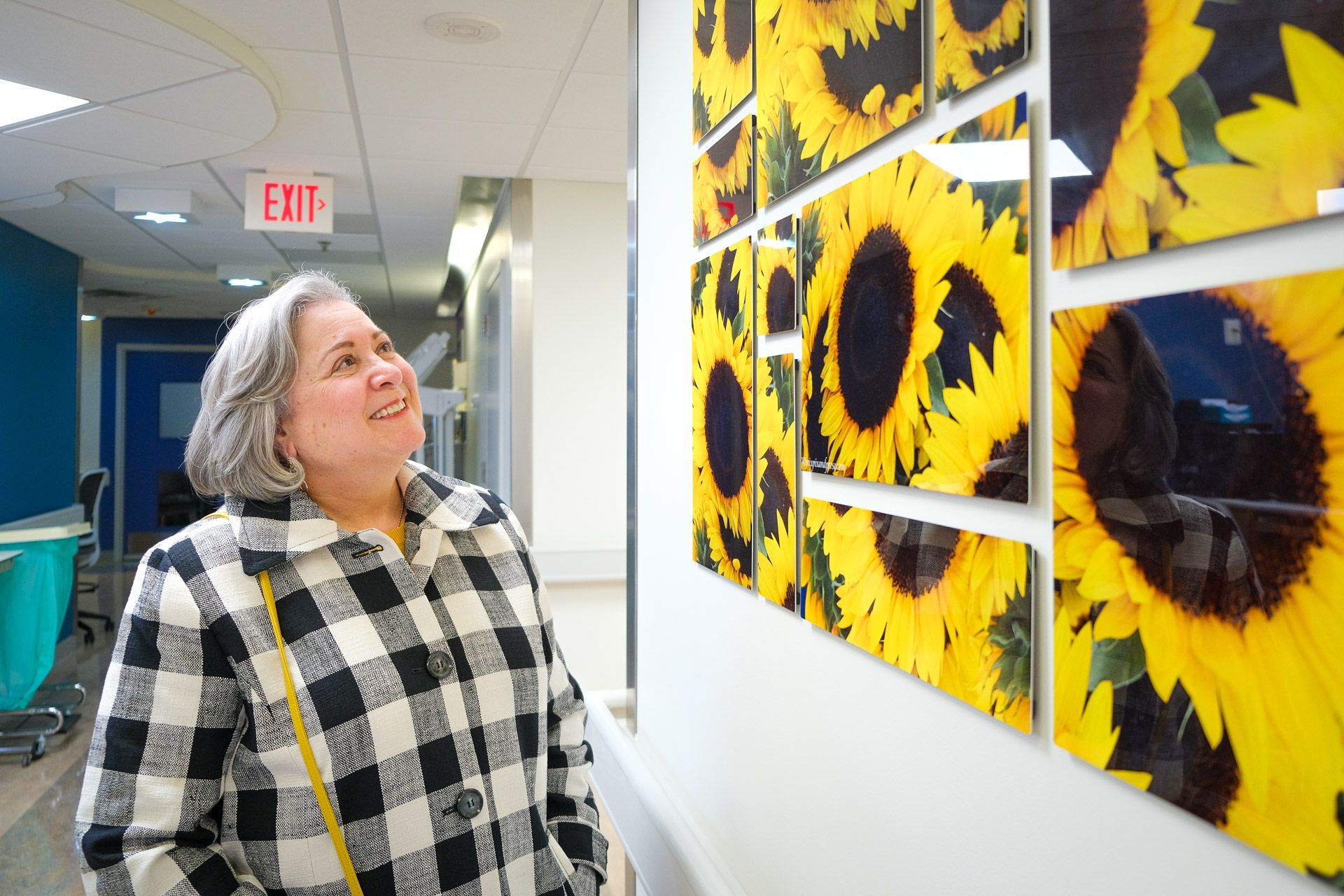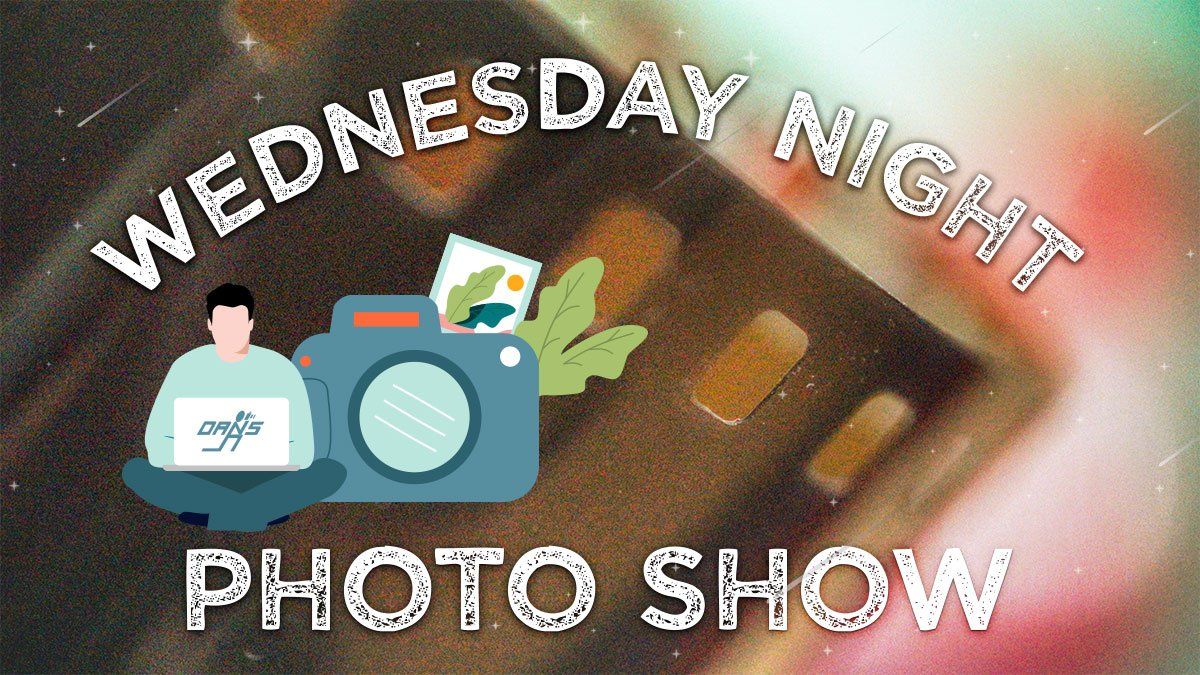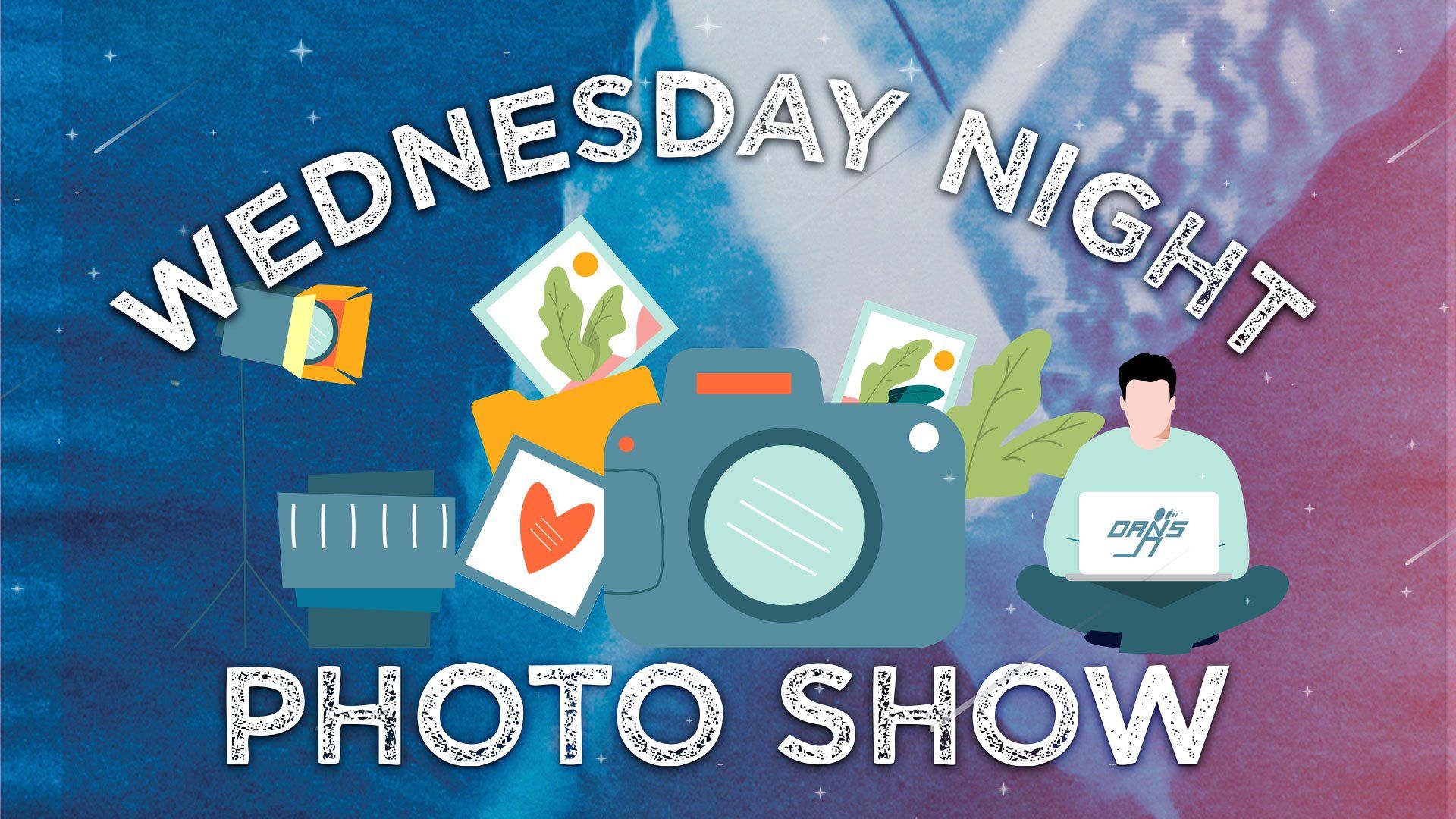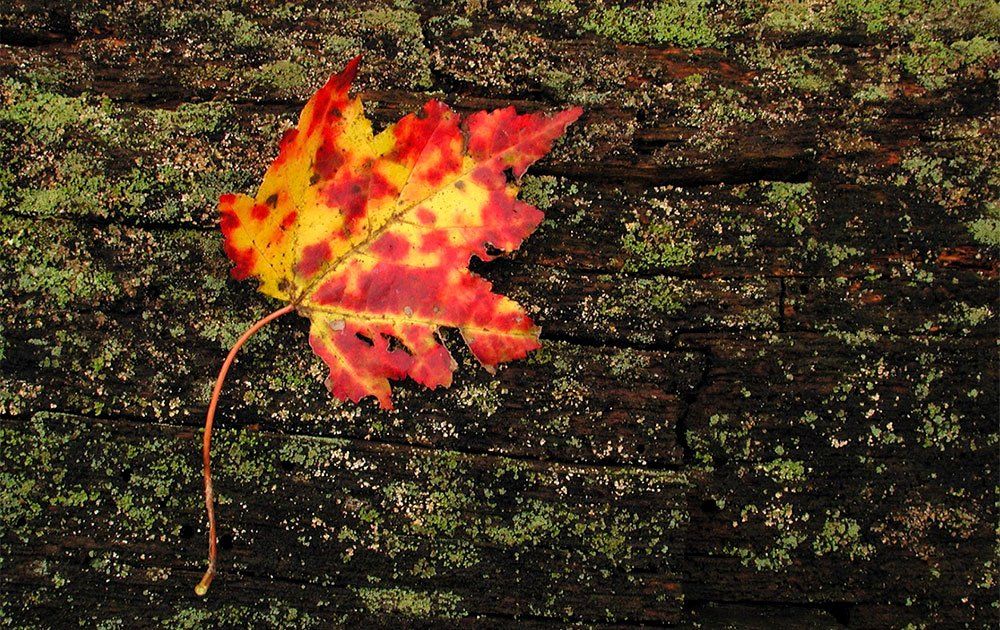See the Aurora Borealis in the Lehigh Valley!
The "solar maximum" is letting us see the Aurora Borealis unusually far south this year. Here's how to increase your chances of seeing them here in Pennsylvania.
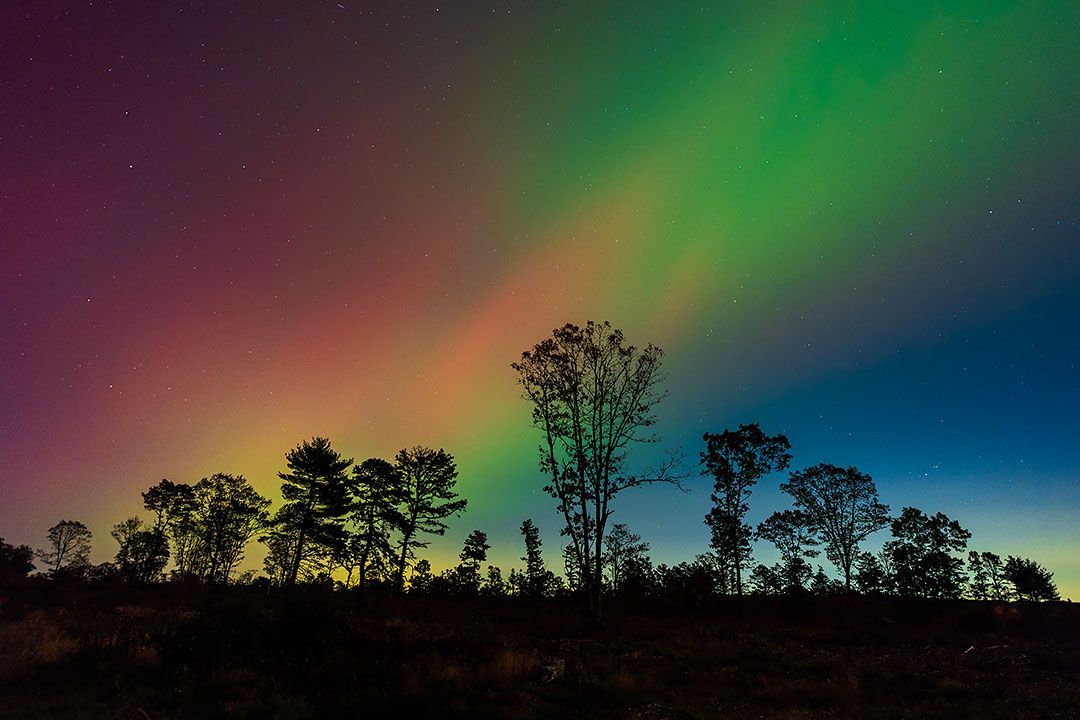
First, we need to find out when there's a good chance to see the aurora. Aurora activity is rated on the KP scale. We need at least a 5 or 6 to be able to photograph the aurora and a 7, 8 or 9 to physically see the aurora with our eyes.
Keep an eye on spaceweather.com for the geomagnetic storms that cause aurora to appear in our upper atmosphere. You'll also want to watch the 3-day forecast at https://www.swpc.noaa.gov/products/3-day-forecast
You can sign up for free email alerts from NOAA when there is likely to have an aurora impact Earth. This way you don't have to sit out for hours waiting for something that may or may not happen. Create a free account at https://www.swpc.noaa.gov/content/subscription-services and choose the following settings under "geomagnetic storm products":
- WARNING: Geomagnetic K-index of 5 (G1)
- ALERT: Geomagnetic K-index of 6 (G2)
- WARNING: Geomagnetic K-index of 6 (G2)
- ALERT: Geomagnetic K-index of 7 (G3)
- WARNING: Geomagnetic K-index of 7 or greater (G3 or Greater)
- ALERT: Geomagnetic K-index of 8 (G4)
- ALERT: Geomagnetic K-index of 9 (G5)
- WARNING: Geomagnetic Sudden Impulse expected
- WATCH: Geomagnetic Storm Category G2 Predicted
- WATCH: Geomagnetic Storm Category G3 Predicted
- WATCH: Geomagnetic Storm Category G4 or Greater Predicted
They will send you email alerts so you have at least some advance warning.
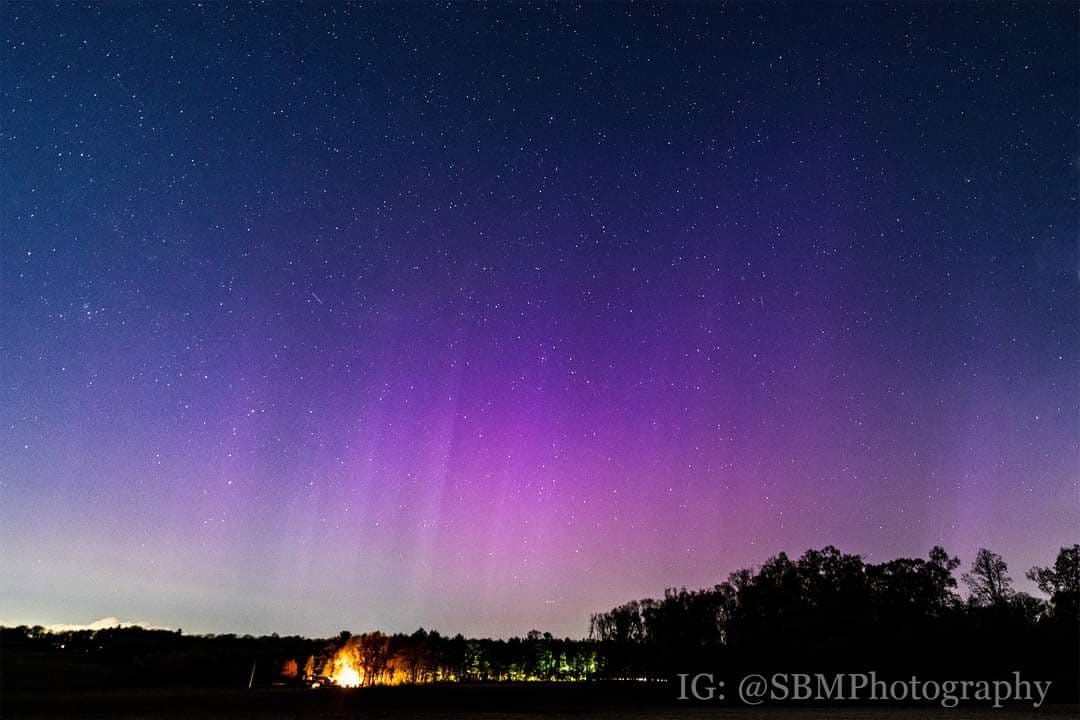
Understanding those reports for better planning
In addition to watching the KP forecast, how do you make the decision to actually sit outside and wait, without feeling like you need to sit outside for hours at a time waiting for something to happen? Here are three more numbers to look at to cut down on the wait and see guesswork.
Bt - Ideally 18 or greater for our area to see or photograph the aurora. This is a measurement of the strength of the interplanetary magnetic field.
Bz - Values of -10-30 nT or more mean there is a much better chance of sparking aurora for our area. Bz measures the polarity or orientation of the energy coming towards earth. We need the orientation to face south or negative.
Speed - Solar wind speeds. These speeds can range from 250-800 per second. Normal wind speed not during auroras are around 250-350. For our area we typically need solar winds in excess of 500 kilometers per second to see or photograph auroras.
For more info, see
https://www.spaceweatherlive.com/en/help/the-interplanetary-magnetic-field-imf.html
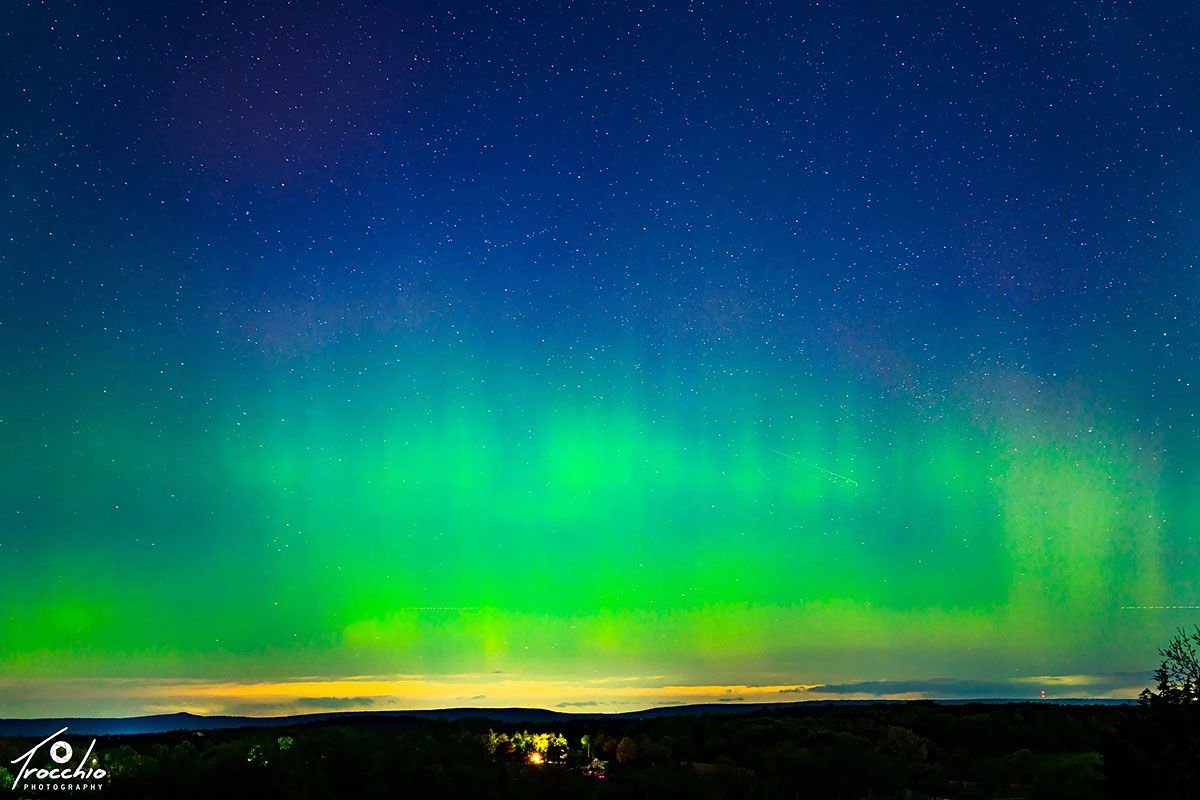
Where to go
You need to be away from light pollution to see and photograph the aurora well.
Check this Dark Skies Map to find a good location »
Areas in black, blue, green, and yellow work best. The areas in the transition of yellow to orange can work but will wash out the aurora. This means most of the areas within 10 miles of Allentown, Bethlehem, and Easton will not work well. But you can find spots not too far away that are dark enough to let you get some good pictures.
Some great legal spots to view the aurora that are open after dark are state forests and state game lands. Keep in mind many state parks are day use areas and not open at night. Make sure you visit these places before it gets dark so you can get your bearings and know where to go. Bring a friend too!
It's helpful to observe away from light pollution and have a good clear view down to the northern horizon, which many of these areas have less light pollution and good clear northerly views. State game lands 141 north of Jim Thorpe is great for viewing, especially the open logged areas on the Broad Mountain east of Route 93. The other observing area that's a short hike in is Tank Hollow Vista in state game lands 141. Weiser state forest outside of Port Clinton, state game lands 205 north of Fogelsville, Bake Oven Knob north lookout, and Bear Rocks are accesible via short hikes on the Appalachian Trail.
